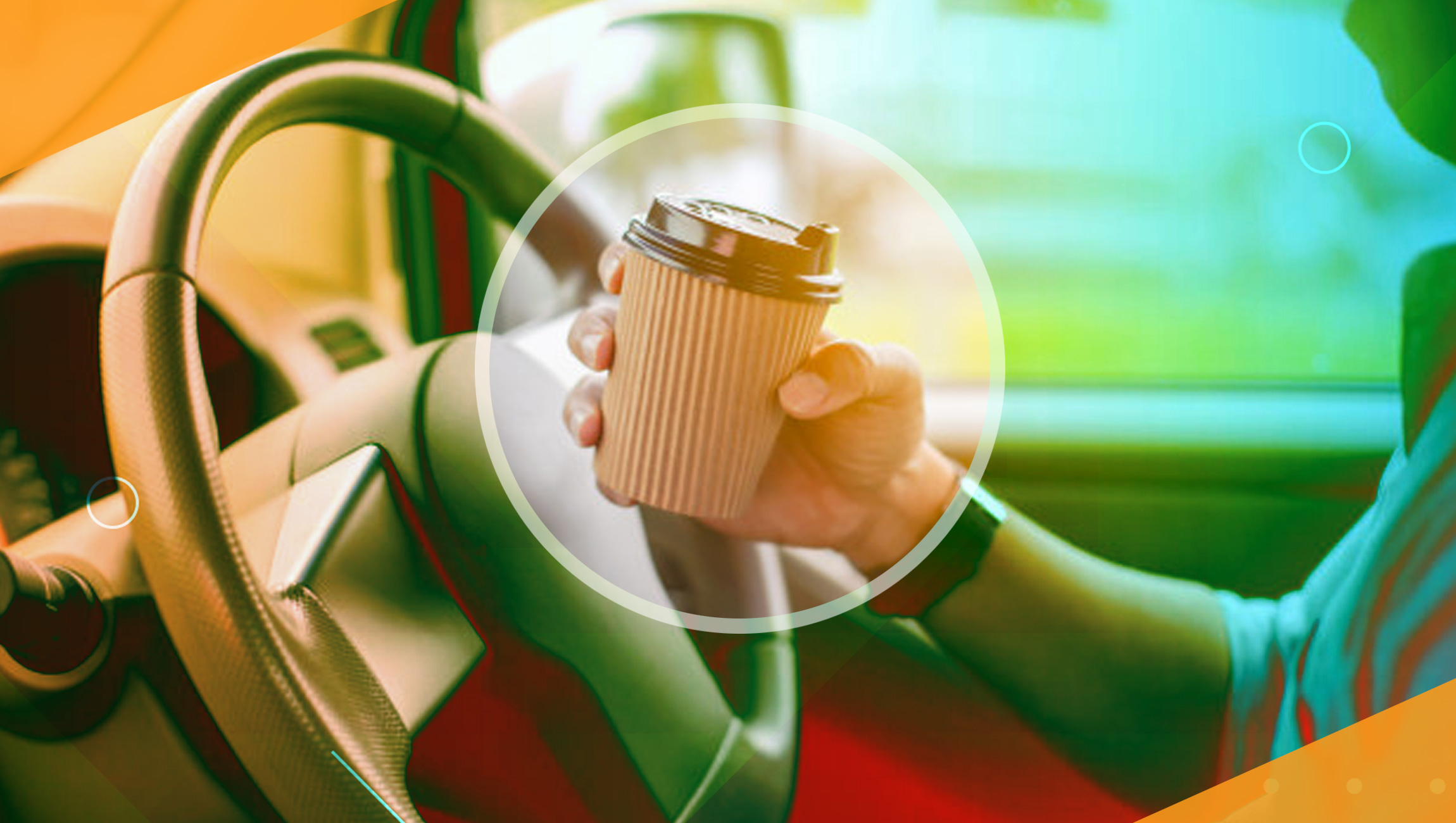In-vehicle marketing and services platforms have created a completely new media channel, allowing brands to reach consumers in their vehicles. Here’s a look at this new technology, and what it could mean for in-vehicle marketing.
 Cars are rapidly becoming more than just a way for people to get from point A to point B but until very recently consumers in their vehicles have been an inaccessible market, unreachable to merchant brands. People spend an average of 51 minutes in their vehicles every day, which adds up to more than 310 hours per year. That is a lot of time to be unavailable, and brands were missing out on valuable opportunities to increase revenue and customer loyalty.
Cars are rapidly becoming more than just a way for people to get from point A to point B but until very recently consumers in their vehicles have been an inaccessible market, unreachable to merchant brands. People spend an average of 51 minutes in their vehicles every day, which adds up to more than 310 hours per year. That is a lot of time to be unavailable, and brands were missing out on valuable opportunities to increase revenue and customer loyalty.
To help overcome this challenge, Xevo, a global leader in data-driven automotive user experiences, has developed Xevo Market™, innovative in-vehicle commerce, and services platform that allows consumers to more safely engage and interact with their favorite merchant brands and services while on the go. The platform offers a variety of commerce and service opportunities, easily accessible via the in-vehicle touchscreen and vehicle-branded companion apps.
What Consumers Want, When They Want It
In-vehicle commerce platforms create an entirely new way to communicate with customers by extending the reach of merchant brands into millions of vehicles and giving them the power to reach consumers at the point of decision. This new technology transforms time on the road by allowing people to order and pay for food and beverages, find and pay for fuel, reserve a hotel room, a parking space, or a table in a restaurant, and order retail items for curbside pickup, all through their in-vehicle touchscreens.
The platform also allows merchant brands to learn about customers’ habits, and how they interact with the brand and the platform. This information can offer significant insights into consumer behavior, and these insights make it possible for the brands to deliver highly-targeted offers tailored to an individual’s preferences. For instance, if a consumer purchases hot coffee on weekday mornings but chooses iced coffee on the weekends, the platform can display offers and promotions from their preferred coffee brand or a nearby coffee house that is tailored to those habits.
Offers can also be triggered by “contextual” factors like time of day, vehicle location, or a particular “event.” Incorporating context allows merchant brands to create offers and promotions that are relevant to consumers’ lives. A pizza restaurant could create a campaign that displays an offer at dinnertime as people start their cars before driving home from work. Shifting into the park at the location of a driver’s favorite coffee house could trigger the system to display an offer from that brand.
Or, the vehicle can deliver a low-fuel alert, with the option to get directions to the nearest location of the person’s preferred fuel brand, when the vehicle reaches the fuel level at which the customer usually refuels.
Merchants also have the option to create and display platform-exclusive offers, when requested by the user, only available through the vehicle touchscreen or the companion app, including incentives for creating an account or placing an order to help motivate consumers to explore the platform and try new brands. This not only strengthens existing customer relationships but also encourages new ones, stimulates the adoption of loyalty programs, and ultimately increases revenue.
Read more: How to Create a Customer-Centric Strategy for Your Business
The Future: In-Vehicle Marketing
Now that brands can deliver targeted promotional offers through the in-vehicle touchscreen, what does the future look like for In-Vehicle Marketing?
The opportunity to learn about consumers’ habits while in the car can help when merchant brands are developing promotional campaigns. Understanding customer behavior can inform and shape campaigns that are more tailored than was previously possible, so it is highly likely that brands will begin incorporating this knowledge into their budgeting and marketing planning. They will be able to reduce, and possibly even eliminate ineffective marketing spending and develop efficient, effective campaigns. With this approach, offers can be delivered to the audiences who are truly interested and most likely to take advantage of them. Brands may also use this information to inform company direction, product offerings, and overall brand strategy.
The ability to target a certain audience — for example, vehicles within a mile of a specific restaurant, or vehicle owners who have visited a particular brand in the past week, could lead to the development of “micro-campaigns.” These campaigns could be so finely-tuned, thanks to the information from the platform, that they wouldn’t require the large audience of traditional campaigns to yield a high success rate.
Geofence technology, weather updates, and trends may also play a role as well. For example, with order-ahead food and beverages or retail curbside-pickup transactions, geo-fences could let brands know when their customers are arriving, helping to optimize food prep time in the case of restaurants, and increasing overall efficiency for both brand and consumer.
And cars may one day talk to each other, meaning a consumer could learn that five miles up the road, all vehicles have turned on their windshield wipers, indicating a weather change ahead. Some people prefer not to drive in inclement weather, so while the vehicle would automatically turn on the windshield wipers (and offer an alternate route to avoid the weather if possible), the platform could also suggest an offer for soup from a nearby cafe, perhaps inspiring those drivers to warm up inside while waiting for the storm to pass.
There’s also a lot that can be said about how a consumer receives information. In-car touchscreens provide engagement opportunities in a format that is safer than using a mobile phone while driving. Vehicles may one day also offer a “notifications” setting allowing consumers to choose which information they’d like to receive in the car, and the display style that works best for them. Merchant brands could use these preferences to further inform their promotional approach.
Read more: Four Ways To Measure The Always-On Consumer
Conclusion
The value of the insights offered by these In-Vehicle commerce platforms is just starting to be explored, and the possible In-Vehicle Marketing applications are endless. The technology delivers a truly dynamic in-vehicle commerce experience that gives consumers what they want and need while on the go, and merchant brands will benefit through increased revenue and customer loyalty, and truly informed Business Intelligence.












Comments are closed.